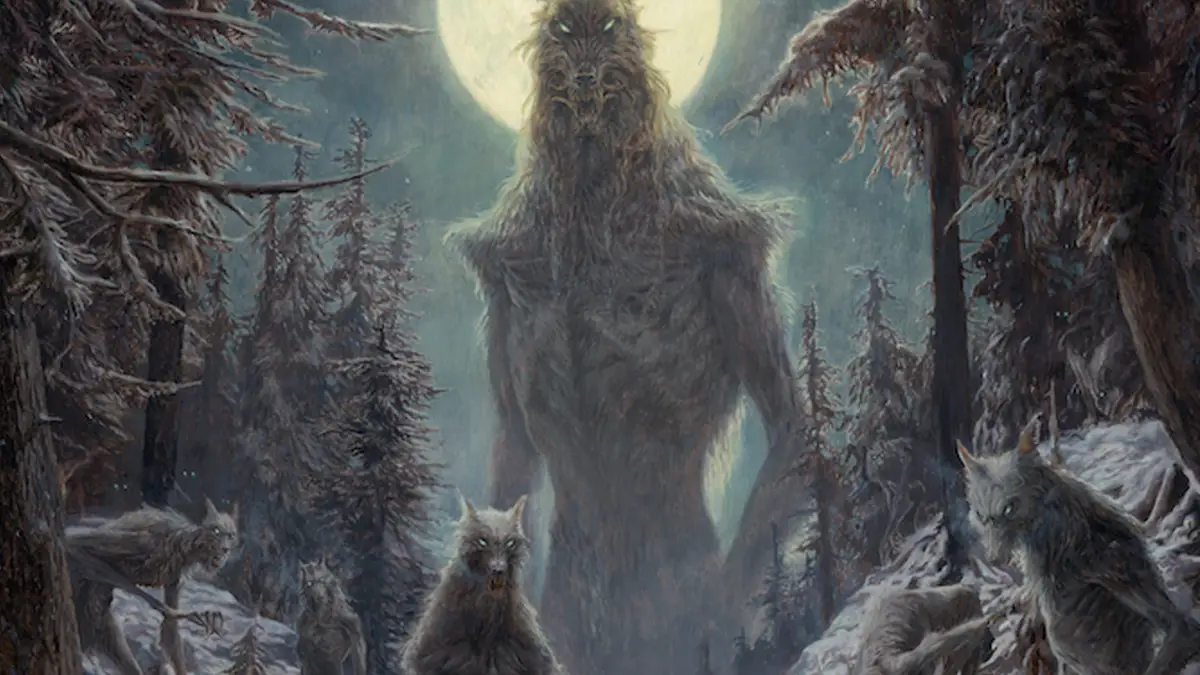ppr-revolution.com – In the realm of folklore and mythology, few creatures evoke as much fear and fascination as the werewolf. Often depicted as a human by day and a ferocious wolf by night, the werewolf embodies the duality of nature and the supernatural. This article delves into the origins, characteristics, and cultural significance of the werewolf, exploring the legend of the moon’s cursed child.
Origins of the Werewolf Legend
The werewolf legend has roots that stretch back to ancient times, with references found in various cultures around the world. From the Norse berserkers to the Roman lycanthropes, the idea of humans transforming into wolves has been a recurring theme in mythology. The term “werewolf” itself comes from Old English, with “wer” meaning man and “wolf” referring to the animal, thus a “man-wolf.”
The Moon’s Influence
Central to the werewolf myth is the belief that the full moon triggers the transformation. This celestial event is often seen as a source of magic and mystery, with the full moon’s light capable of invoking the change in those cursed with lycanthropy. The moon’s gravitational pull is said to affect not just the tides but also the very essence of those under its spell, turning them into creatures of the night.
Characteristics of a Werewolf
Werewolves are typically portrayed as having enhanced strength, speed, and senses, making them formidable predators. Their appearance is a blend of human and wolf, with a humanoid body covered in fur, a wolf-like head, and sharp claws and teeth. The transformation process is often depicted as painful and involuntary, a curse rather than a blessing.
The Curse and Its Consequences
The curse of lycanthropy is usually passed down through a bite or scratch from another werewolf, although some legends suggest it can be inherited or the result of a pact with dark forces. Those afflicted often struggle with their dual nature, fearing the beast within and the harm they might cause to those they love. The curse is not just physical but also emotional, as werewolves are often outcasts, caught between the human and animal worlds.
Cultural Significance
The werewolf has been a popular subject in literature, film, and television, with notable portrayals ranging from the tragic protagonist of “The Wolf Man” to the more modern and complex characters in series like “Teen Wolf.” These stories explore themes of identity, control, and the human condition, using the werewolf as a metaphor for the darker aspects of our nature.
Conclusion
The legend of the werewolf, the moon’s cursed child, continues to captivate our imagination. It serves as a reminder of the thin line between civilization and savagery, humanity and the beast within. Whether viewed as a monster or a misunderstood soul, the werewolf remains a powerful symbol of the eternal struggle between nature and the supernatural.

